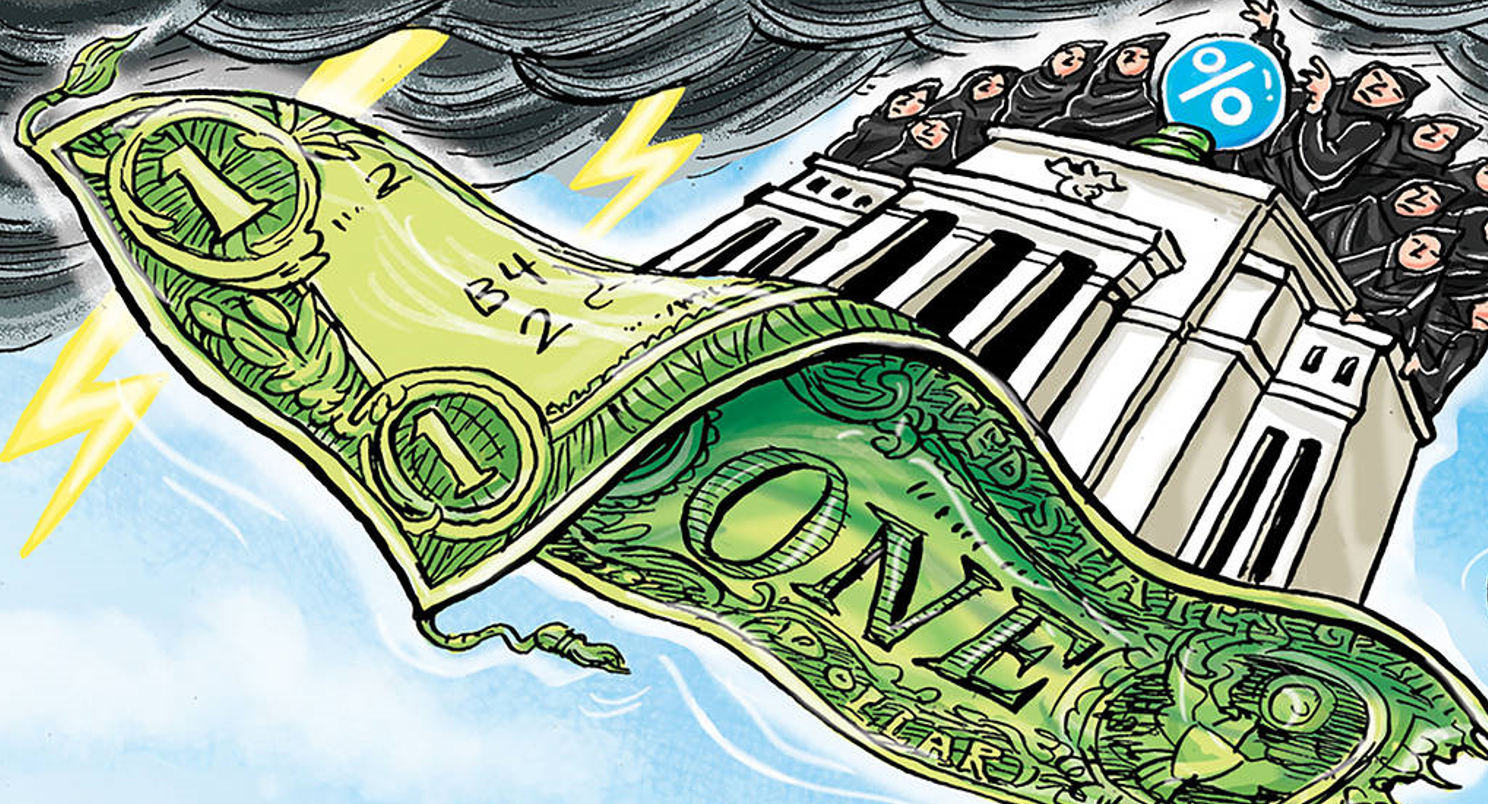Mon Jun 13, 2022
Investing in US Dollar I
USD as a World Currency
Is it worth investing in US dollars? Is it a good time to make dollar investments? What happened in the past and what awaits us in the near future?
Within the first part of our article, we will mention about the history of the US dollar, how it evolved and on which basis it printed and distributed. On the second part, we will focus more on investing in US dollar, current issues affecting its value and its near future.
US dollar had been issued by considering that it will be convertible to gold bullion at 35 USD per ounce of gold (Bretton Woods Agreement).The size, place and importance of the US economy in the global financial system were also effective in the approval of this agreement. In addition to gold, the central banks around the world have kept dollars as reserves. And US dollar had been preferred in every country even more than other countries’ own currencies.
After all these; however, due to the pressures derived from the long lasting war in Vietnam, the United States abandoned the agreement in 1971, leading to all currencies in the world to become ‘fiat money’, not backed by gold or silver, only has a value due to the government’s decrees. However, dollar continued to be accepted in the world as if it had a gold equivalent thanks to the reputation created by the fact that it had been in circulation for a long time alone as a currency carrying gold.
Belgian economist Robert Triffin noted in 1960 that the Bretton Woods system would eventually come to a standstill. In those years, there was a demand for the dollar; however, as the USA, which has a current account deficit, continued to print and distribute dollars to the world to close this deficit, people would think that the gold in the US treasury vaults would not be enough to compensate for this dollar, and confidence in the dollar would decrease, according to Triffin.
Triffin's prediction came true in 1971, and the Bretton Woods system collapsed, leaving the dollar worthless like any other currency. However, this development did not prevent the dollar from continuing as the world currency. On the other side, Triffin also led to efforts by the IMF, G10 and OECD to reform the monetary system by developing a substitute for the US dollar as international reserve asset.
Various plans formulated for a centralized control over the amount or composition of official reserve assets, including but not limited to centralizing sterling reserves with the IMF and a substitution account to transform dollar reserves into SDRs. Finally, SDR, or paper gold, was agreed in 1969. However, by the time the SDR arrived in 1970, events had falsified Triffin’s prediction of deficient global liquidity and deflation. Instead the world suffered from excessive global liquidity and inflation.
